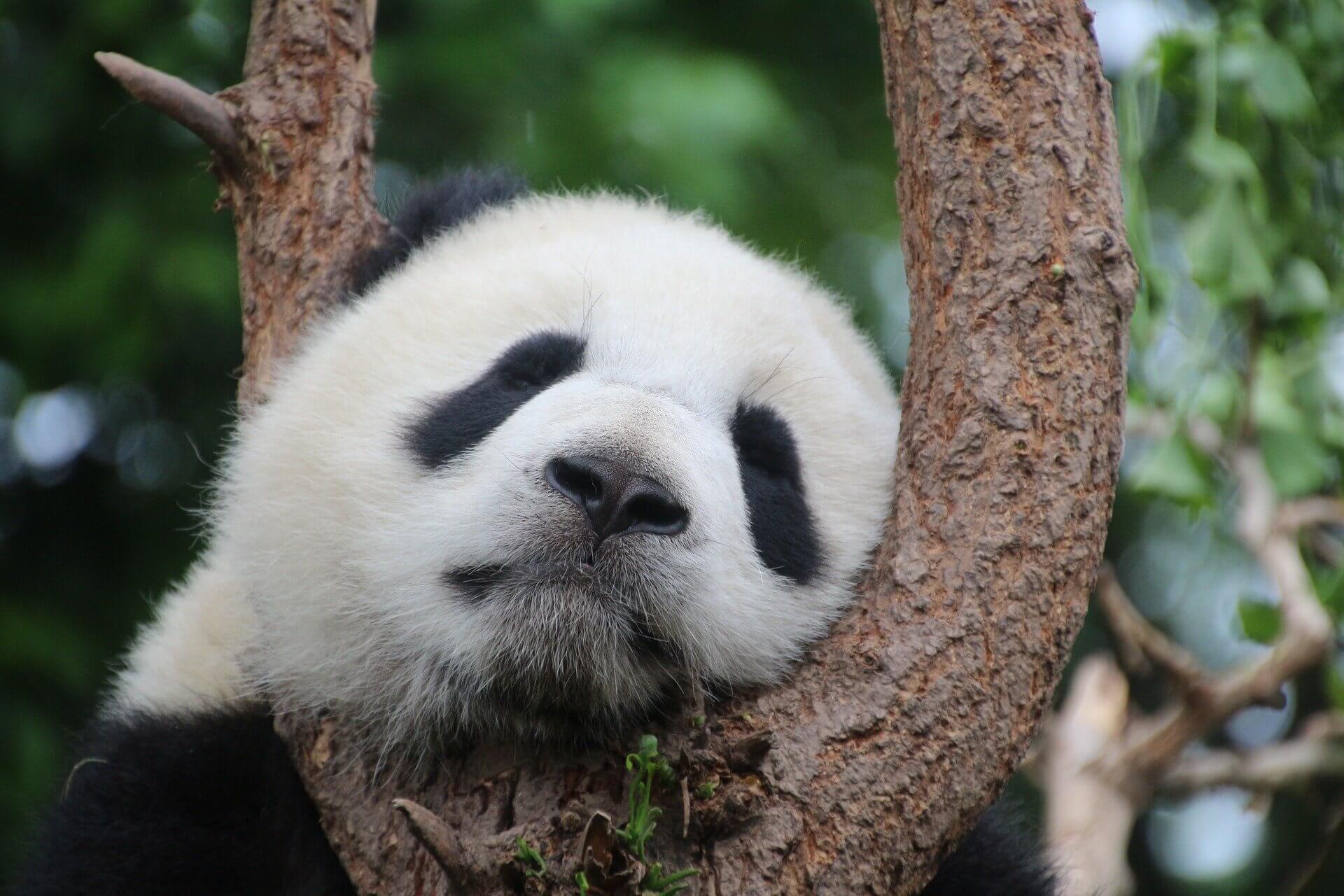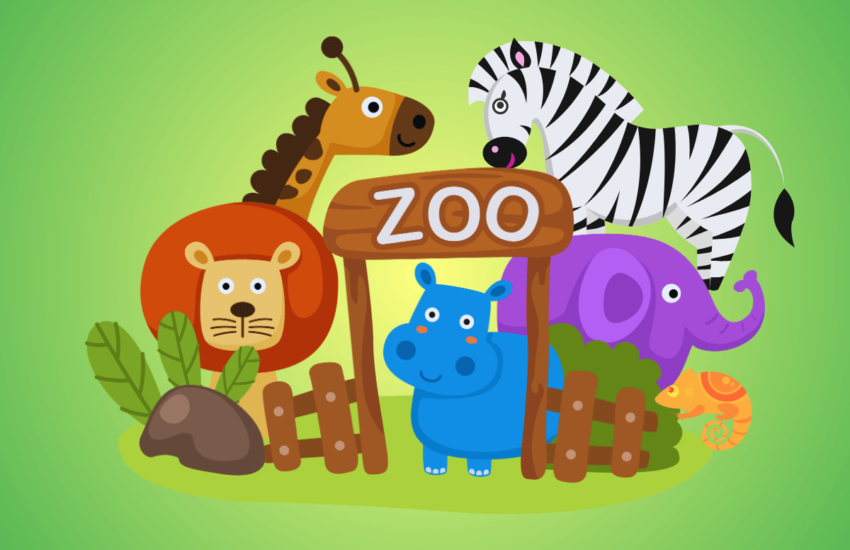10 Interesting Facts About the Big Panda
Pandas are incredibly cute animals that have made the whole world fall in love with their appearance and behavior. These creatures are characterized by a calm disposition, but their subtle internal organization, coupled with poaching, has put them on the verge of extinction. If the situation does not change for the better in the coming years, pandas will simply disappear from the face of the Earth. The Panda is an endangered species: since 1961, it has been listed by the World Wildlife Fund for conservation and protection from extinction. Interesting facts about pandas can’t be briefly listed – so unique is the behavior of bamboo bears.
1. The color of the panda changes from pink to black and white
Pandas are born like small badgers-without fur, pink and blind. The famous black and white color appears later, about three weeks later.
By the way, not all big pandas are black and white! Some of them are white-brown in color, but this is less common.
2. Big pandas eat and sleep all day long
Bamboo makes up 99% of the big Panda’s daily diet. Eating and sleeping, for the most part, is what Panda does all day. Pandas spend up to 14 hours a day eating and sleeping the rest of the time. In the wild, large pandas sleep 2 to 4 hours between meals.
3. Adult pandas eat 12-38 kg of bamboo per day
Given the rather impressive size of large pandas, it becomes clear that they need quite a lot of food. However, even with this in mind, few people can imagine how much bamboo is eaten by a panda weighing 150 kg. The daily “norm” of this plant for such an animal can reach up to thirty kilograms! This is about the same as if a person weighing 75 kilograms ate up to 15 kg of grass a day. The reason for this “gluttony” is the above-mentioned poor assimilation of this plant.
4. Pandas don’t hibernate
Unlike most bears, large pandas do not hibernate in winter. In winter, they move to a lower mountain area in search of a warmer climate. One reason is that pandas mainly feed on bamboo. Bamboo does not have a high caloric content, and therefore does not provide the accumulation of sufficient fat to survive the cold season.
5. Big pandas lived 2 million years ago
The fossilized remains of the panda have been dated to a period of 1 to 2 million years. Pandas once lived all over China. Now in the wild, they are found only in remote areas of the Tibetan foothills of China.
6. The teeth are carnivorous, but they eat on bamboo and fruit
In addition to bamboo, pandas love fruit and can eat meat. Such huge predators as saber-toothed tigers were no longer in nature, and pandas no longer needed to be so fast. Gradually, they adapted to plant food so that they themselves would not be subject to extinction. Many people may get the impression that big pandas only eat bamboo. In fact, they also like fruit and can eat meat.
Pandas have sharp teeth and a carnivorous digestive system, but they have little energy to chase and catch anything. Therefore, the prey will have to almost fall into the paws of the panda or it must be seriously injured, moving too slowly in order to escape.
7. Pandas can swim
Although swimming doesn’t really fit the name of the big panda, they are actually able to move through the water. This will not seem so surprising if you remember how relatives of large pandas swim – representatives of the bear family. Accordingly, large pandas can swim, but they learn this under the watchful supervision of their parents. Mountain regions where large pandas live are quite wet and are cut by small (and sometimes large) rivers. Therefore, pandas had to learn how to overcome water barriers in order to migrate over long distances. In addition, it allows them to effectively hide from enemies, and enjoy the coolness in the heat.
8. Six fingers on the front paws
Narrow specialization in nutrition led to the development of an interesting anatomical feature. Since pandas mainly feed on bamboo shoots in the wild, changes in the structure of the skeleton of their forelimbs have occurred to make it easier to hold the stems.
9. Only the first one survives
A large panda bears offspring consisting of 1-2 cubs, and this usually happens in the summer. But only one of the cubs born has a chance of survival. The fact is that the female only cares about the first cub, throwing the second. This feature, according to scientists, may be related to the survival tactics of pandas. In conditions of limited bamboo, pandas breed rather slowly, without creating a tough intraspecific competition for food resources. The only bear cub, having grown up, lives with its mother for quite a long time — up to 2.5-3 years.
10. They have a sweet tooth
Giant pandas, while maintaining the sweet taste receptor in the process of evolution went from meat to fruits and vegetables. Then, scientists believe, they were forced to eat unsweetened bamboo: as a result of aggressive human invasion of their natural habitat, pandas had to go to the mountains, where sweet fruits do not grow.
But so far, in all cases when the big pandas have the opportunity to taste sweet, they will prefer this taste. In zoos, these animals are very happy to eat sweet fruits, vegetables and even sweet rolls.


